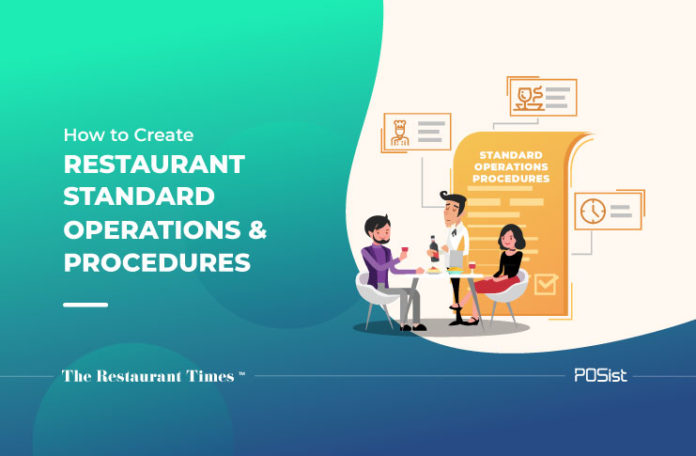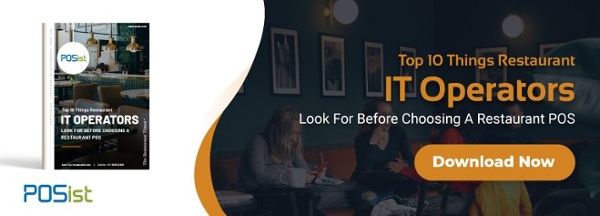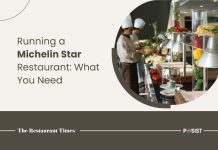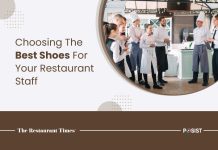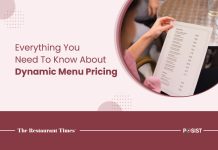A restaurant business requires a preset list of rules and norms to work efficiently. The success or failure of any business depends on how well the needs of the customers are met and restaurant SOP or Standard Operations and Procedures help restaurants deliver specific standards of service. The restaurant’s SOP focuses on factors such as the hygiene of the staff, how well the customers are attended to, how is the food prepared, etc. The standardization of operational procedures is a must-have to keep your business in check. The set of guidelines related to operational procedures also helps in educating your new as well as the old staff about their day-to-day duties and following set guidelines efficiently in much less time.
1. Why You Need Restaurant SOP
The restaurant space is the most unorganized and daunting industry to be in. As many restaurateurs quote about this business, it is one industry that lacks a structure. This brings in a dire need to prepare a set of guidelines for the standard operations and procedures. Read along to know about some of the significant issues in the absence of an SOP.
1.1. Normalized And Standardized Routines
One of the significant advantages of writing an efficient restaurant SOP is that you get a list of standardized routines and procedures. The standard set of procedures helps the new staff to answer their queries without being dependent on seniors. You can also use restaurant SOP to keep more predictability in the staff’s jobs.
1.2. Testing And Quality Control
Customers tend to stick to a particular restaurant space or a brand because of the consistency that it offers, in terms of quality and services. This has to be kept in check through a system so that the restaurant is well managed. Each dish that is made in your kitchen needs to be served in the same way, and all your staff should attend to the customers in the same standard way.
There needs to be consistency in hygiene management as well, including the entire kitchen staff washing their hands frequently, sanitization stations, the staff wearing a clean uniform during working hours, etc.
1.3. Employee Performance Management
Once you have a set of standard rules and regulations, you can easily track your employee’s performances and activities. Since all employees are now looked upon through the same criteria, it becomes easier to set the best fit for appraisals and incentives.
All the procedures and operations performed by the employees are not mentioned in the SOP, but the most crucial ones are. This could help you make a competitive analysis of all your staff, and give them room for improvement.
1.4. Replication And Growth
When it comes to growing a particular brand, replication of the same operations becomes crucial. The productivity of the restaurant’s SOP is determined by the level of outputs generated. If you need a different set of outputs, you need to change your necessary operational procedures.
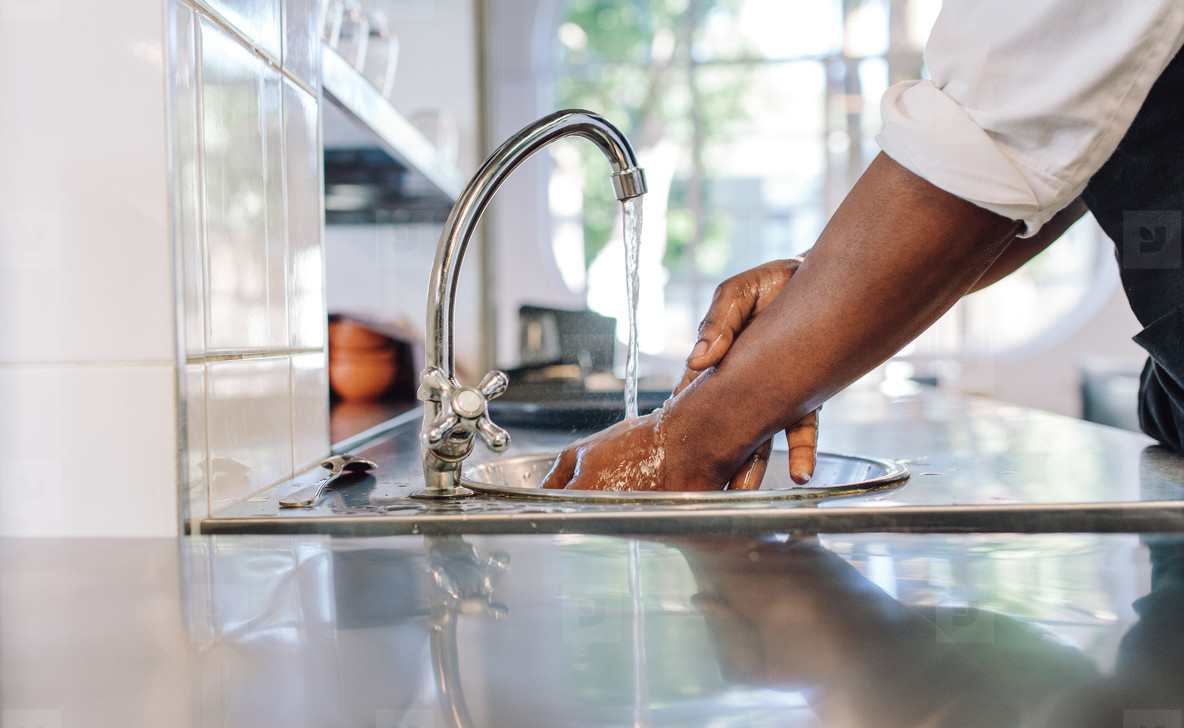
2. What Are Restaurant SOP And What Are Included In SOP?
In the most simple terms, restaurant SOP or Standard Operations and Procedures are a set of guidelines to standardize all the core operations that go on in a restaurant. These procedures could include everything from the preparation of food in a hygienic way, maintenance of your restaurant, billing and making payments easy for the customers, and so on.
These guidelines help to streamline operational and managerial processes at a restaurant. A standard procedure helps it easy to replicate the process in the same way.
📚 Suggested Read: How To Provide Adequate Hygiene and Sanitization Training To The Restaurant Staff
2.1. Food Preparation And Handling
Your kitchen operations, including food preparation and handling, are one of the cores of your restaurant. Ensuring that everything goes well in the kitchen would have a direct impact on the working of your restaurant. Let’s see how a restaurant SOP helps you to achieve the same.
i) Standard Recipes And Food Preparation Methods
This section of your restaurant SOP would contain the basic guidelines and protocol to prevent your customers from getting a food-borne disease or any other illness due to spoilt food. The preparation protocol indicates the rules for particular dishes as well. Let’s take soup, for example.
Some restaurants have a strict policy of cooling a soup down to around 135 degrees F before serving it. The SOPs for a bartender will vary from what a restaurant would have for the head chef.
ii) Food Presentation
The service standards of casual dining, a retro bar, and a fine dining restaurant will all be different. A restaurant needs to be able to define these standards to work the most efficiently. A restaurant SOP should contain all the how-to’s and whys of the first-line staff of the restaurant.
iii) Food Storage
A restaurant needs to be able to store its food and maintain a proper inventory. This would require adequate training for your staff to minimize wastage. A detailed set of instructions could help massively with how you want to store your food. You could also add the minute details about the quality and quantity of the food that you save.
2.2. Customer Service Standards
Having restaurant SOPs for customer service is essential as it would help you set a guideline to exactly how the customers need to be served. Along with that, handling your customers in a particular way would help you retain your customers and thus increase sales.
i) Greeting And Seating
A restaurant needs to set a specific time within which the customer is well seated and greeted from the minute he/she enters your restaurant.
ii) Order Taking, Serving, And Delivery Standards
The restaurant’s SOP must contain a set of rules related to the order delivery service. This set of rules include the estimated average time within which an order should be received by the customer and the formalities that need to be fulfilled by the delivery boy after delivering the food.
iii) Billing And Final Settlement
Whether or not a company uses a POS to manage its sales, billing, and other operations decide where the restaurants need to lay some basic rules related to the usage of POS.
iv) Customer Complaint Management
A fond farewell is a primary need to grow your customer base. There are some gestures that you could work on to give your customers a little extra special touch while they are leaving. Opening doors, asking for their feedback and suggestions, and taking care of their departure would be a great way to have an excellent brand reputation.
2.3. Equipment Handling – How To Use Microwave, Oven, etc.
The restaurant SOP must contain a separate instruction module on how to use kitchen equipment. You can have separate procedures on how to use personal equipment of your kitchen, i.e. a microwave, oven, and so on.
2.4. Health & Hygiene Regulations
Another essential factor to take care of is the maintenance of clean staff uniforms while on the premises of the restaurant. You must keep a separate budget for your staff uniforms, as they directly reflect on your brand.
2.5. Safety
The most important part of your restaurant’s SOP is the safety measures that you need to take while preparing and delivering your food. It is statistically proven that 15% of the accidents that occur at a restaurant happen due to mismanagement and lack of care. Employees must wear oven mitts while working in the kitchen and have in-depth knowledge of how to handle fire or accidents.
3. How To Create Restaurant SOPs
Different kinds of restaurants are required to focus on different core procedures altogether. You need to identify these core processes for your type of restaurant in the first place, only after which you can define the steps involved. Let’s talk about a cloud kitchen; it thrives on online ordering. As a cloud kitchen owner, you need to focus on food aggregators and their delivery modules.
On the other hand, in case you’re handling a fine-dine restaurant, customer retention is one of your primary concerns. Having a high first line of staff helps to bring back customers like none other. You could serve the best food in town, and people would still prefer to go to a place where they feel better. Let’s look at some of the significant standardized procedures familiar to most restaurant SOPs.
3.1. Defining The Core Processes
Before everything else, you need to list down the core processes happening at your restaurant. These core processes may vary according to the type of restaurant you want to take into consideration. Once you explicitly define the processes that determine your restaurant, you need to map them into the manual.
The processes that define your particular restaurant could be something like how a specific signature dish is made. A restaurant can not go without the maintenance of proper hygiene and regular cleaning. This operation is as essential as the signature dish. Likewise, you need to figure out the rest of the core processes and put them in one place in a manual.
3.2. Mapping Of Operational Procedures
Once the operation manual is set, you need to put in detail how each of these operations is to be done. In other words, you need to keep a note of the steps that you need to follow to complete the task. This will ensure that no action is missed, and the outcome is not compromised in any way.
Mapping how a particular restaurant is marketed through contacting customers is also crucial for your manual. You must be able to identify your potential buyers, which is where your products and services would hold off. This one core process needs to be noted down in steps to ensure that all the little steps are fulfilled.
3.3. Create Checklists And Forms For Audit
The next step in creating a restaurant SOP is to create a checklist to make sure that your staff is working according to the right parameters. The first part of the SOP should contain an overview of the settings and core processes. Continuing that the checklist must include how a specific operation is achieved.
If we take presenting a particular dish as one of the core operations of your place. It must be presented the same way it was done before. The taste, quality, and freshness all need to be in alignment with the earlier ones. This is achieved by making sure that each step is written in as much detail as possible.
3.4. Create A Full SOP Manual
The SOP manual is a systemized way of noting down all the procedures and operations. There is a standard way of doing that, but different restaurants pick up different ways to write their own. You can start with how the staff is supposed to behave and attend to the customers.
The checklist that you have prepared must contain if the staff was greeted and attended in time, within 5 minutes of their seating. After that, the operations shift from services to food serving and quality. The food served must be fresh at all times of the day. Another parameter that you can include in the operations is the preparation protocol of your food.
All in all, you could look at a restaurant SOP as our savior guide to tackling anything, and everything that your restaurant is currently facing/might face in the future. It will be beneficial for your brand, especially when you are running a chain of restaurants in 2021. Therefore, it is always better to have your restaurant SOP handy while handling restaurant operations.


